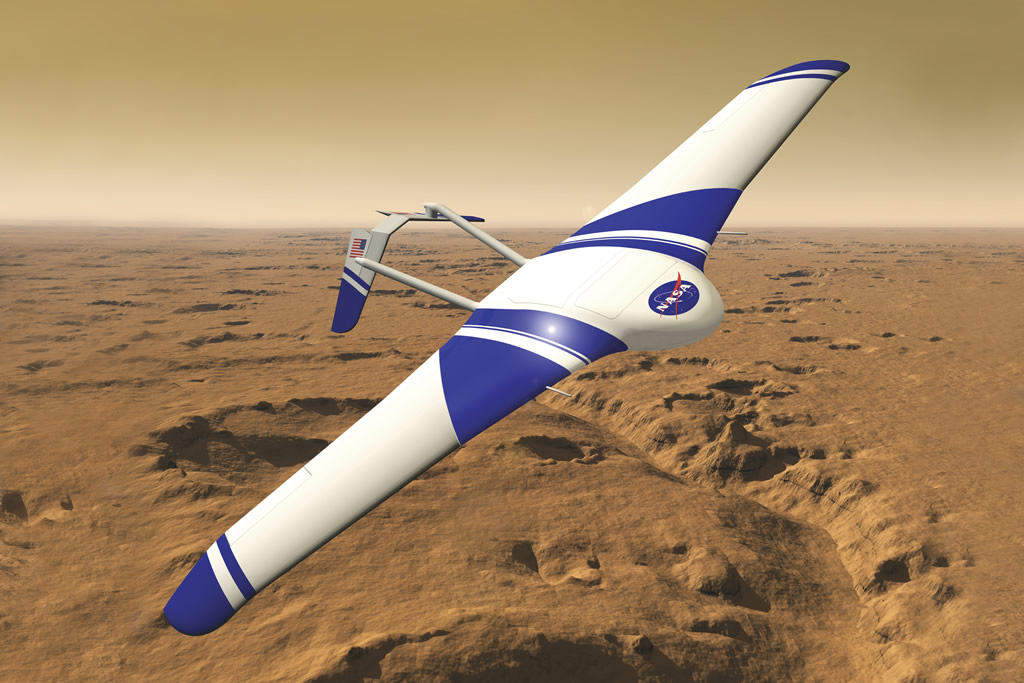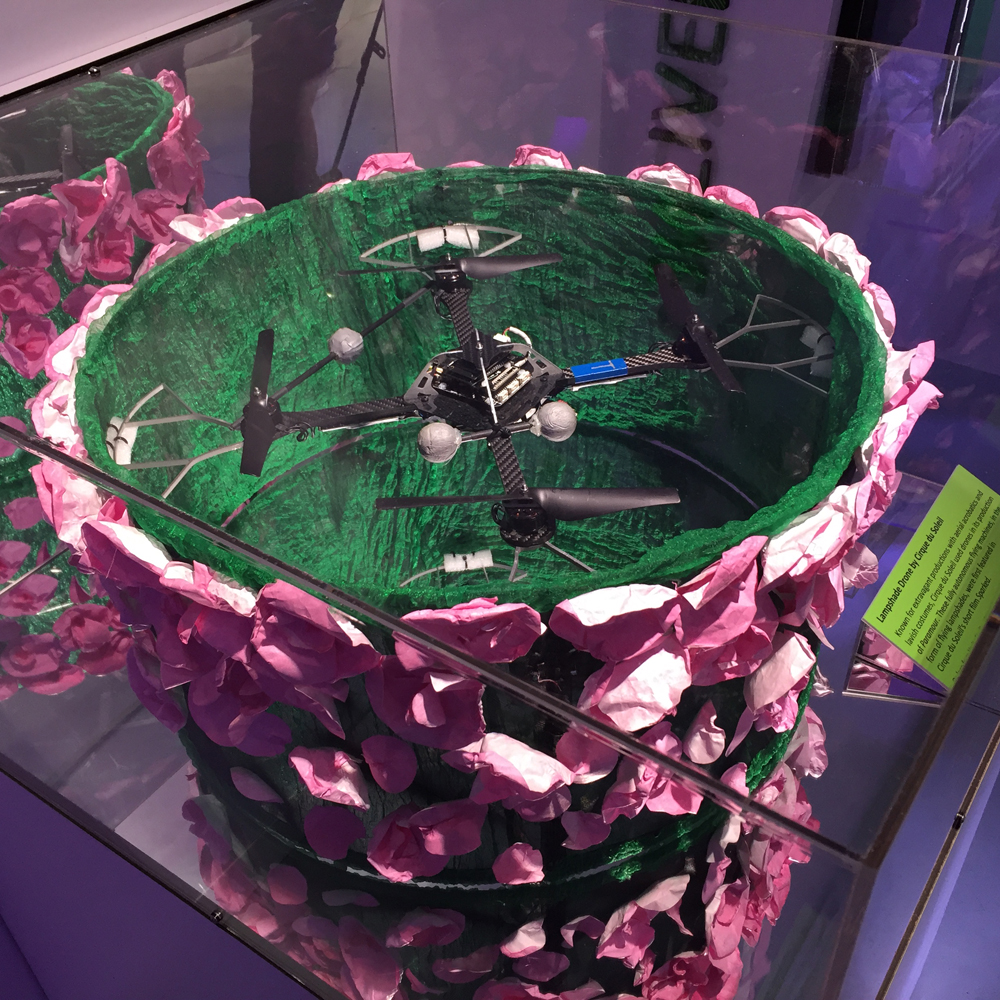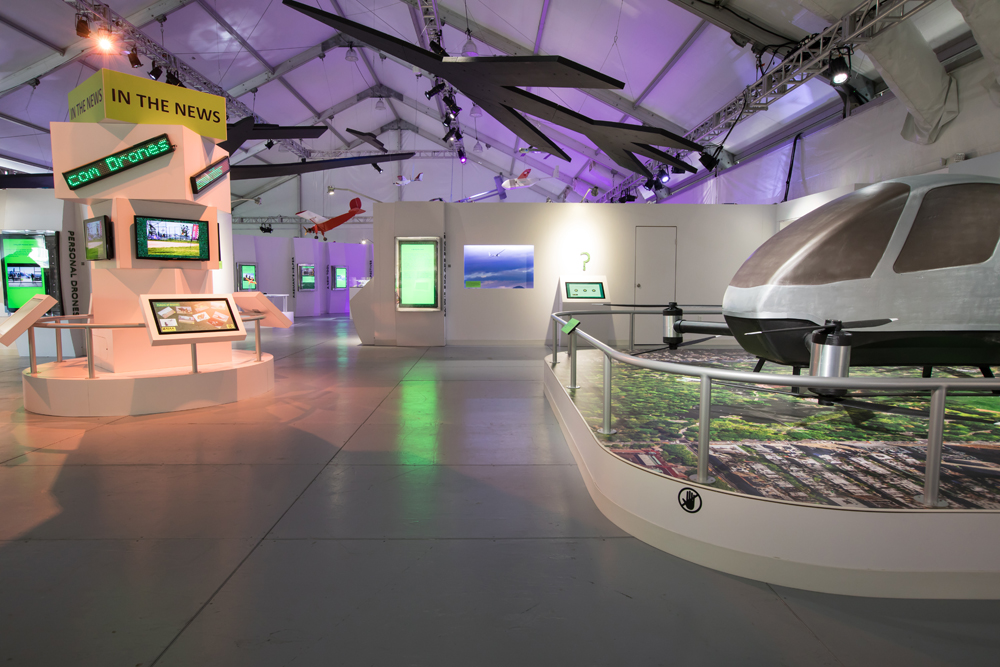Drones Past and Present on Display: In Photos
Drones

NASA may one day use unmanned flying vehicles to augment ground traversing rovers in the exploration of extraterrestrial bodies. In order to function properly, these aircraft will need to have some atmosphere, such as on Mars.
Drones and the arts

Visitors to the exhibit may be surprised to learn that artists are increasingly finding uses for drones, such as the flying quadrocopter lampshades designed by Cirque du Soleil for their stage performance
Virtual flight

In the digital interactive "Take Control of a Drone," users guide a drone through airspace over New York City, collecting tokens and avoiding "no-fly zones."
Future designs

Drones may one day be robust enough to easily transport people. Engineers are currently developing designs for autonomous flying cars that could safely carry commuters. [Read more about the drone exhibit at the Intrepid museum]
Get the world’s most fascinating discoveries delivered straight to your inbox.

Mindy Weisberger is a science journalist and author of "Rise of the Zombie Bugs: The Surprising Science of Parasitic Mind-Control" (Hopkins Press). She formerly edited for Scholastic and was a channel editor and senior writer for Live Science. She has reported on general science, covering climate change, paleontology, biology and space. Mindy studied film at Columbia University; prior to LS, she produced, wrote and directed media for the American Museum of Natural History in NYC. Her videos about dinosaurs, astrophysics, biodiversity and evolution appear in museums and science centers worldwide, earning awards such as the CINE Golden Eagle and the Communicator Award of Excellence. Her writing has also appeared in Scientific American, The Washington Post, How It Works Magazine and CNN.


